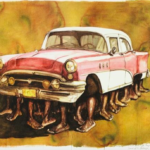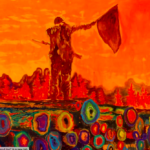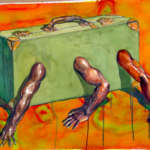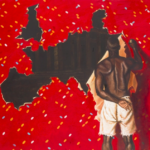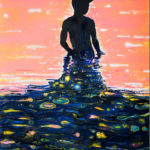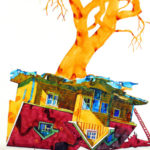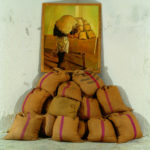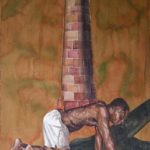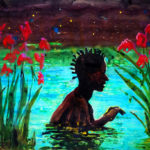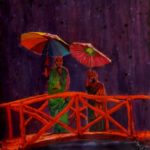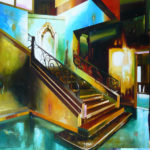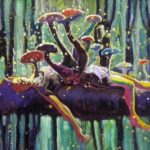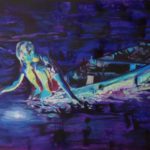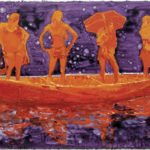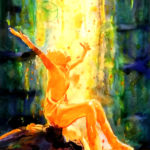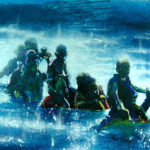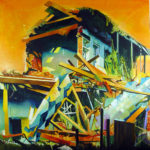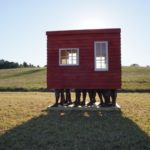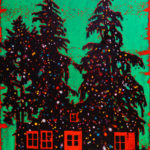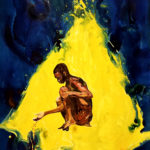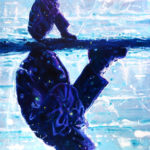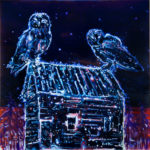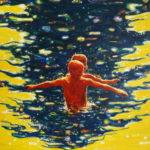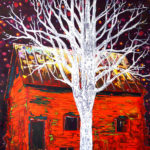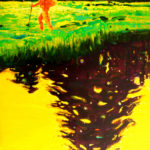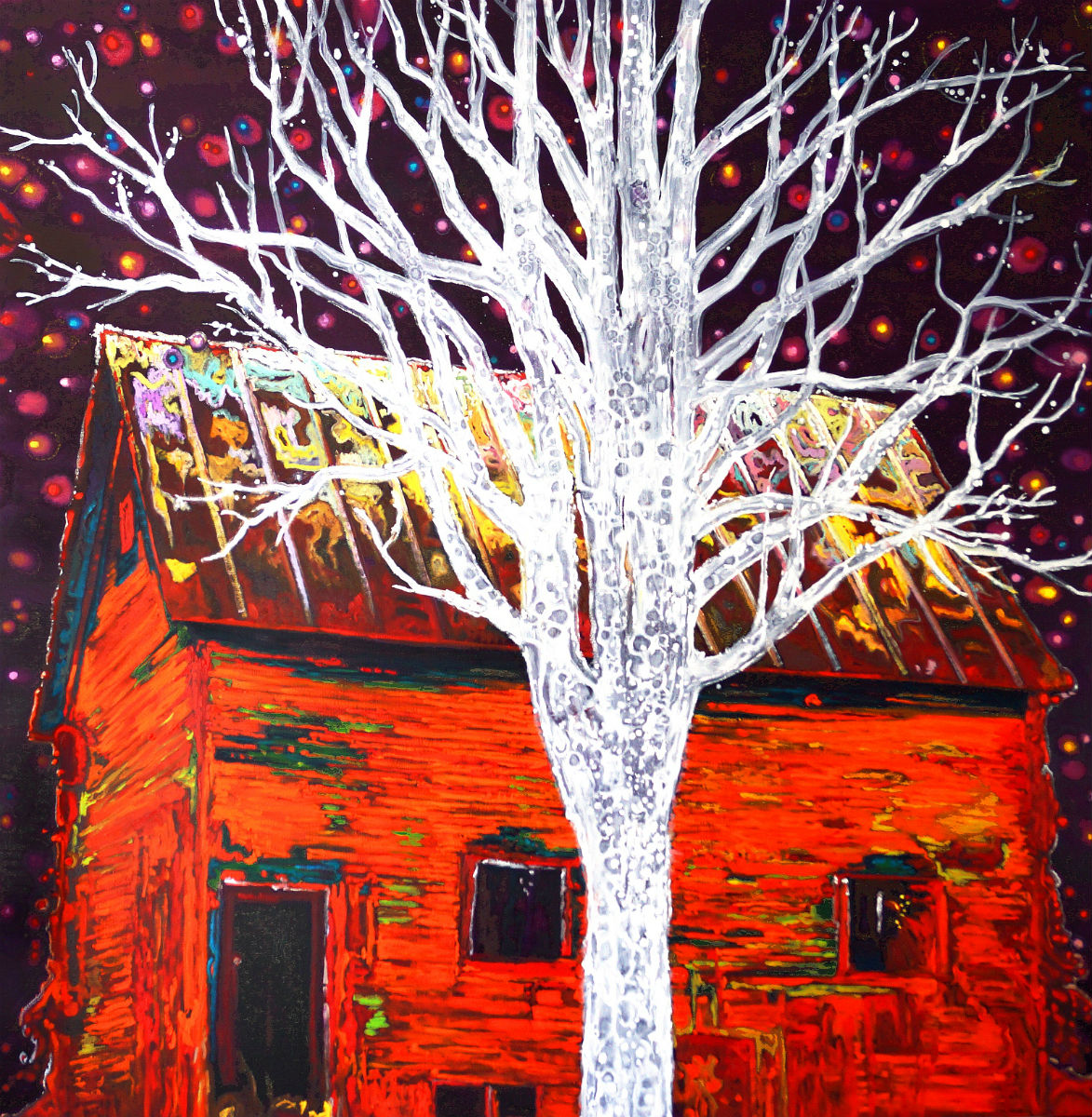
Artist Bio
Armando Mariño is one of the most respected and outstanding Latin American artist/curators.
After leaving Cuba, he was established in Spain. There his career grew rapidly as he took the hostility he had experienced and turned it into art. Later he moved to New York where he now creates, exhibits, and curates.
Armando is serially optimistic and extroverted. He also combines his hopeless romanticism with a wicked sense of humor.
This artist has awards from international arts organizations, and his works have become part of permanent museum and gallery collections. Soon his name will be immortalized in New York City through a project that he does not yet dare to reveal. “It’s a longtime project,” he says. “Very large. And it makes me feel proud.”
“The Raft,” a shiny image of an old car without wheels–but supported by many pairs of Cuban calves and feet–is probably his most memorable work. It speaks of poverty, hostility, and perhaps a group determination to move. He has given it several iterations including watercolor and sculpture.
Armando provides nature as a foundational element. Vivid surrounding colors contrast with sad faces and figures, transforming nostalgia into what seems like resilience and a prelude to prosperity.
With suitcase in tow, Armando Mariño is a citizen of the world.
INTERVIEW
Artist: Armando Mariño
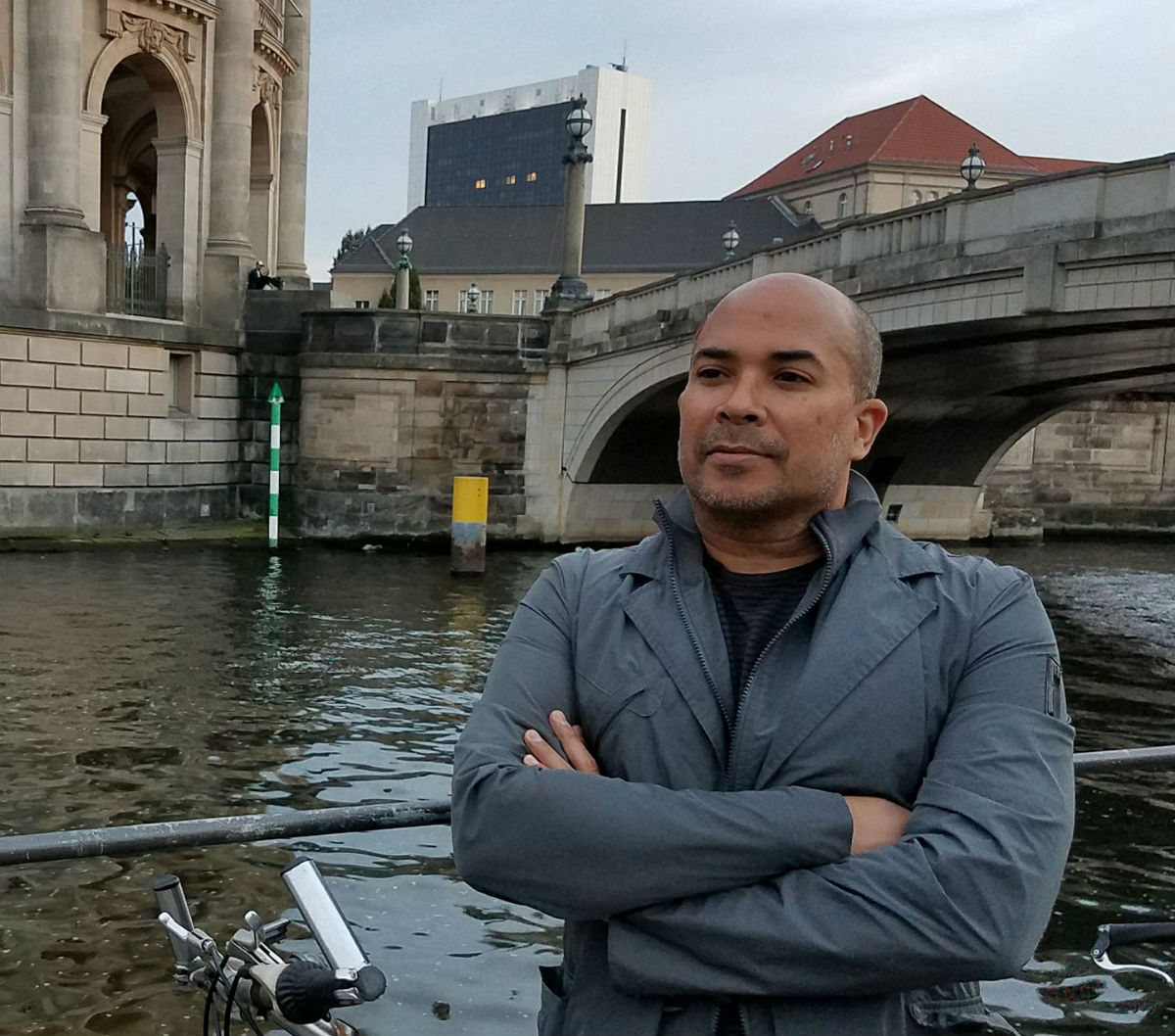
What surprised you the most when you arrived in NYC? And during your career, what have been the toughest challenges you have faced?
Of course it was the energy of the city. It did not so much surprise me as impress me. It put a lot of pressure on my life and work, and with the art-world nearly in my hands, I wanted to take a piece.
Your art speaks of refugees, war, economic crises, ecology, identity-differences. It is politically and socially engaged. How have your personal experiences influenced your work?
The fact that I was an immigrant from a dictatorship- country has influenced my work a lot. My character, culture, and behavior have been changed by environments that are very different from my homeland. They have reshaped my work.
You are one of the most popular Cuban contemporary artists–a renowned painter, sculptor, installation artist, and curator. In which role do you feel most comfortable?
I feel more comfortable painting than doing anything else; but I am a creative person in any media or material. That is what defines me.
“The Raft,” “Luggage,” “Exiled,” and “The Displacement” are some of your most emblematic pieces. How did they come about?
Yes, they are unfortunately “emblematic,” as you said. I did them more than fifteen years ago, but people still want me to talk about that time. Postcolonial conflicts in Cuba (immigration, racism, postmodernity, politics and repression) are a part of my past. I’m okay talking about them, but I consider my recent work more interesting.
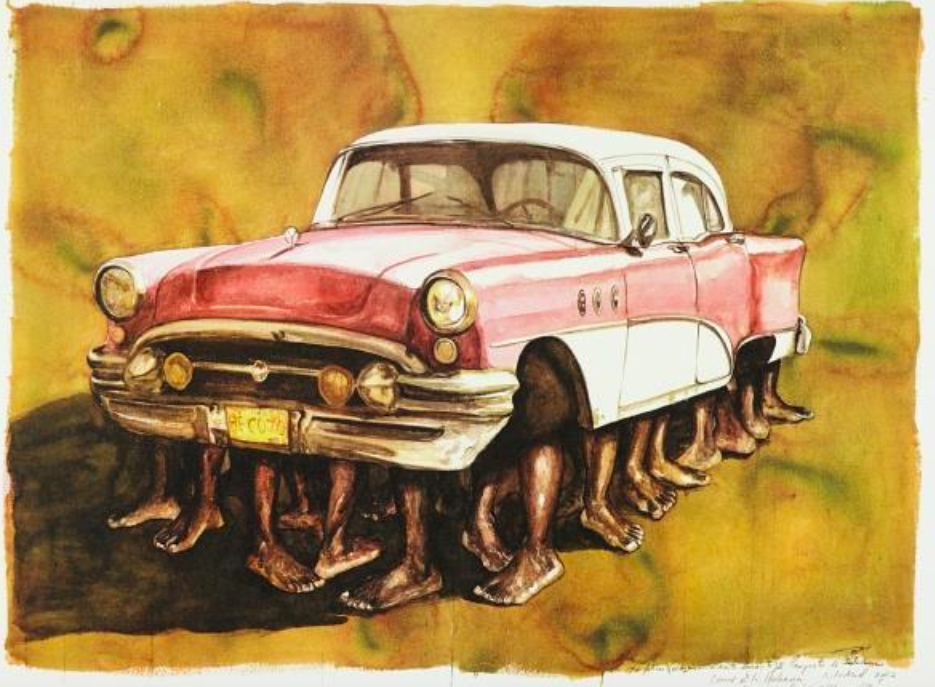
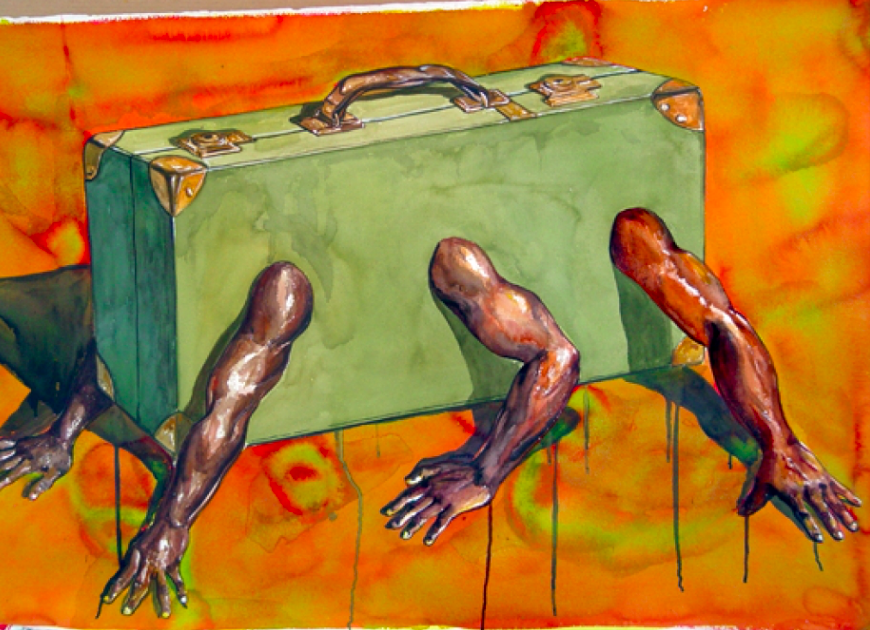
How do you see the expansion and success of Latin American art nowadays in museums, galleries, and in the homes of private collectors around the globe?
Latin American art, like art from many different latitudes, is getting the attention it deserves because it is powerful. The boundaries between “center” and “periphery” have eased, and curators, museum people, and art-marketers are aware of that. Many Latin American artists live and work in Western countries, and their work cannot pass unnoticed. We are here! And we have market. A perfect combination!
Your most recent exhibit, “All That You Have Is Your Soul,” appears in a NYC gallery where you are also a curator. What can you tell us about what we will find there? And what about this title?
You will find a group of artists who have built their identity from inside themselves and by means of the art they produce. The fact that they all came from Cuba is mainly a device for gathering their work together. (I have included one of my own paintings: “White Tree.”) I had a clear concept of what I wanted this show to do, but I was struggling with the title. One day, in a friend’s house in Miami, I heard the Tracy Chapman song, “All That You Have Is Your Soul,” and that was it–a lovely song related to my idea and the perfect title.
What do you want the viewer to experience from this show?
I want him to relate these marvelous artworks to himself and ponder the role of identity in all of us.
What memories from your youth in Cuba do you treasure?
When I arrived in Havana from Santiago de Cuba to start the University, I felt extraordinary enthusiasm, strength, and anxiety. Since then, my arrival in Madrid and my arrival in NY have felt the same. It was the new “thing.” A city to devour.
Tell me just one dream.
I don’t dream. I fight to get the things done.
